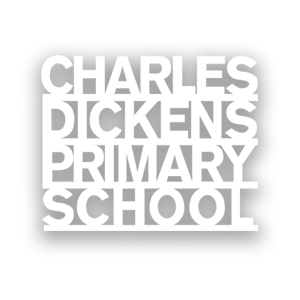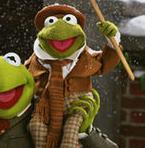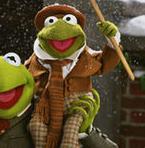The next stage is children producing more formal recordings using their own ‘blank number lines‘ (often referred to as BNL). Children are able to ‘count on‘ in ones (they do this in their heads but record their ‘working out‘) and circle the answer. (Slides 1, 2, 3 and 4)
When dealing with adding two digit numbers (eg 14 as opposed to a one digit number such as 8) they need to ‘partition‘. They split the smaller number in to ‘tens‘ and ‘units‘ and then on their number line first of all ‘jump on’ the ‘T‘ and then the ‘U‘. (Slides 5, 6, 7 and 8). This is even more challenging when crossing the tens (in this case over 50)
In the final example (Slides 9 to 14) the child models using the above method and a ‘more efficient‘ method. This can be solves by jumping in tens and ones or, as on slides 13 and 14, in a jump of 20 and a jump of 3.
I hope this helps with addition at home. Remember giving maths a context makes it more real, more fun and gives it a reason for learning it. Watch this space for the next blog on Multiplication…….



